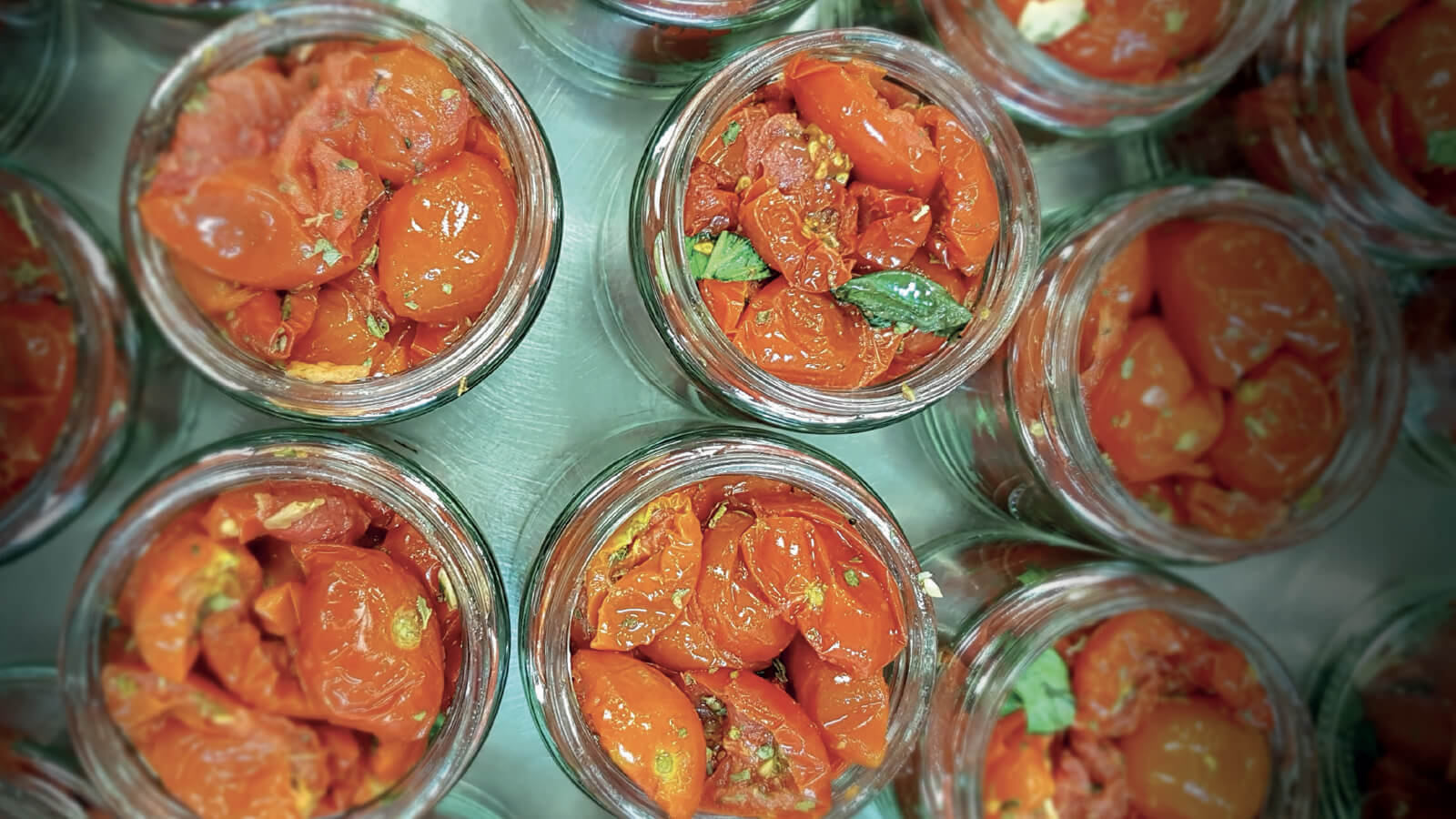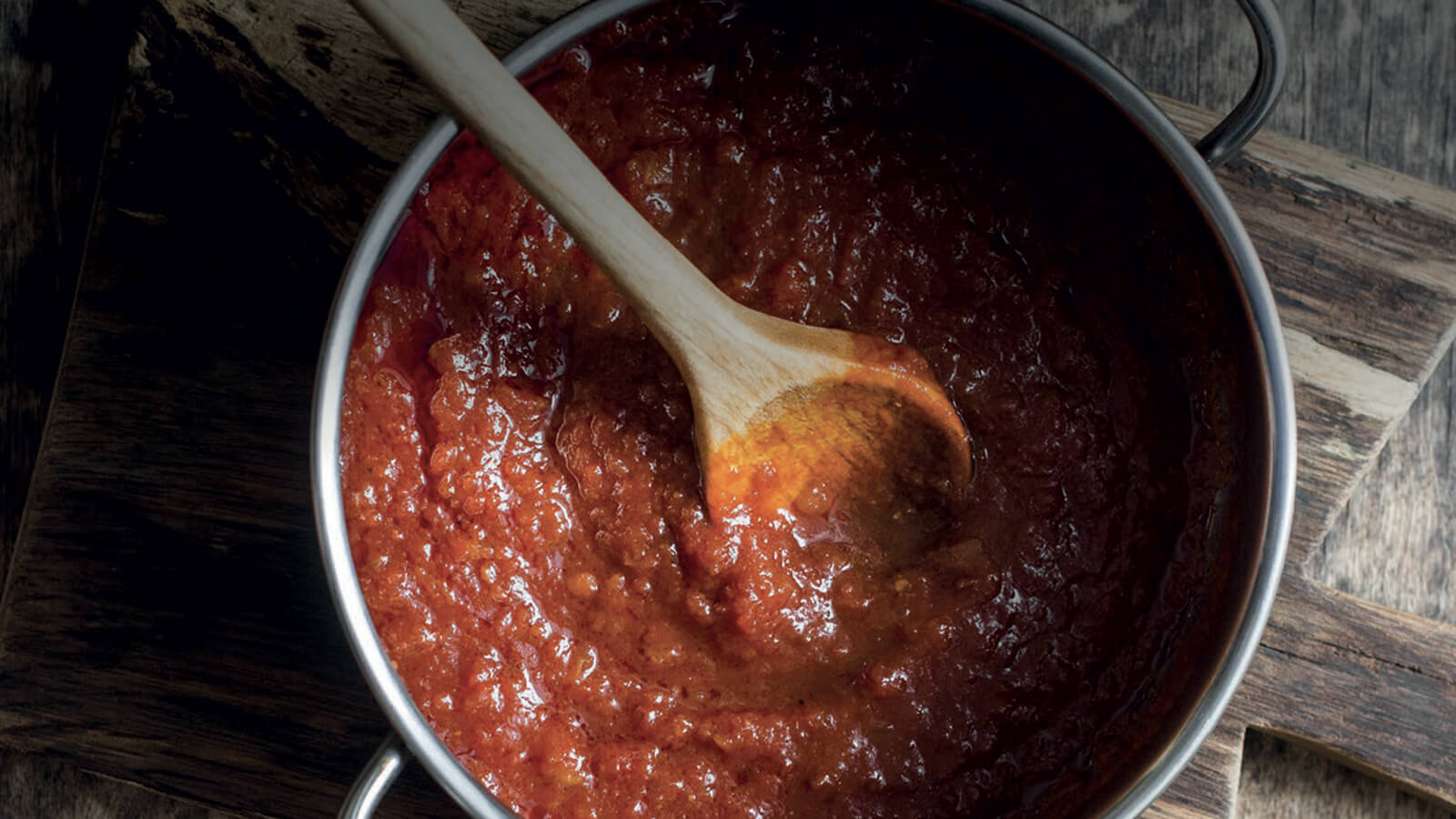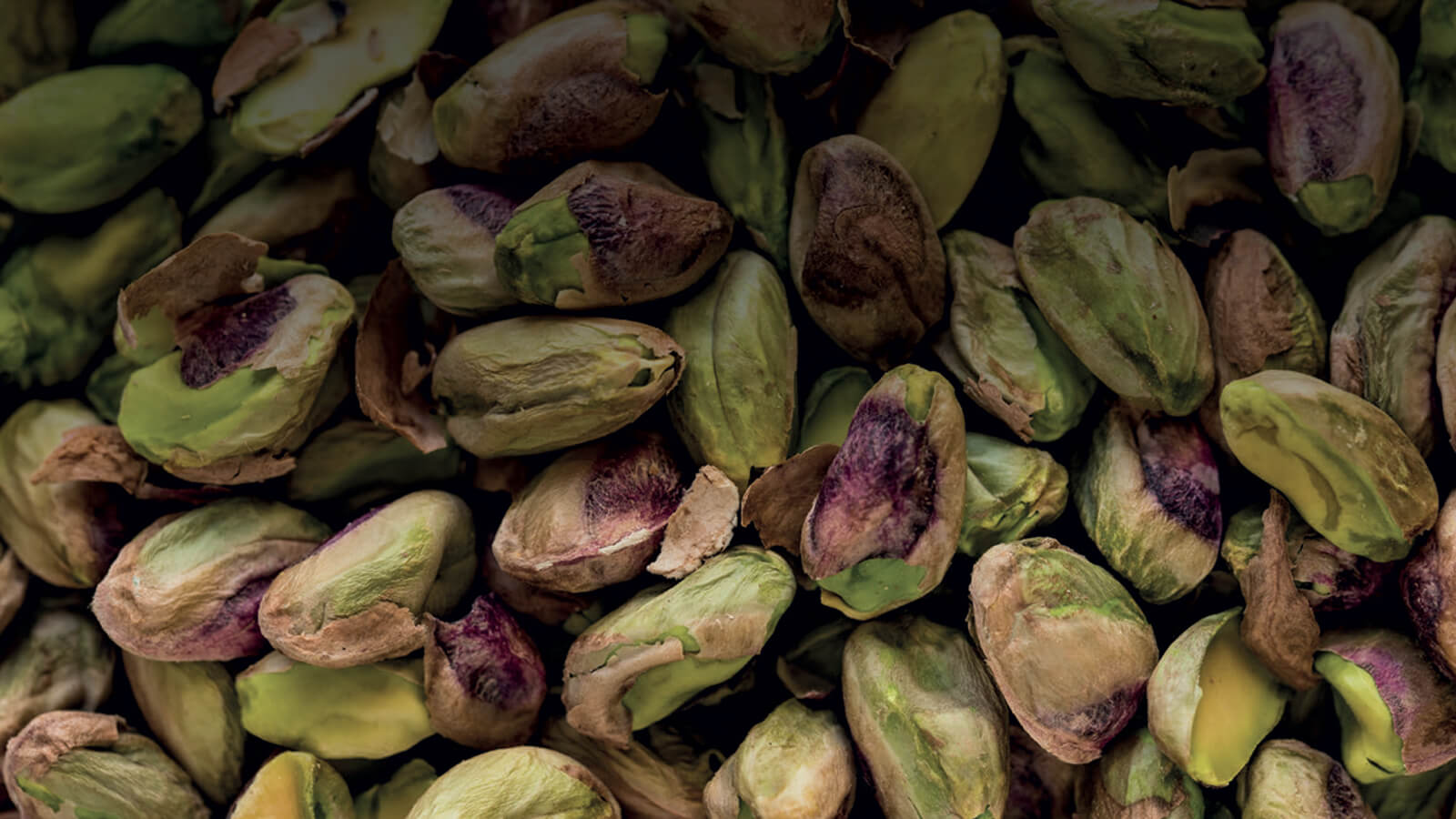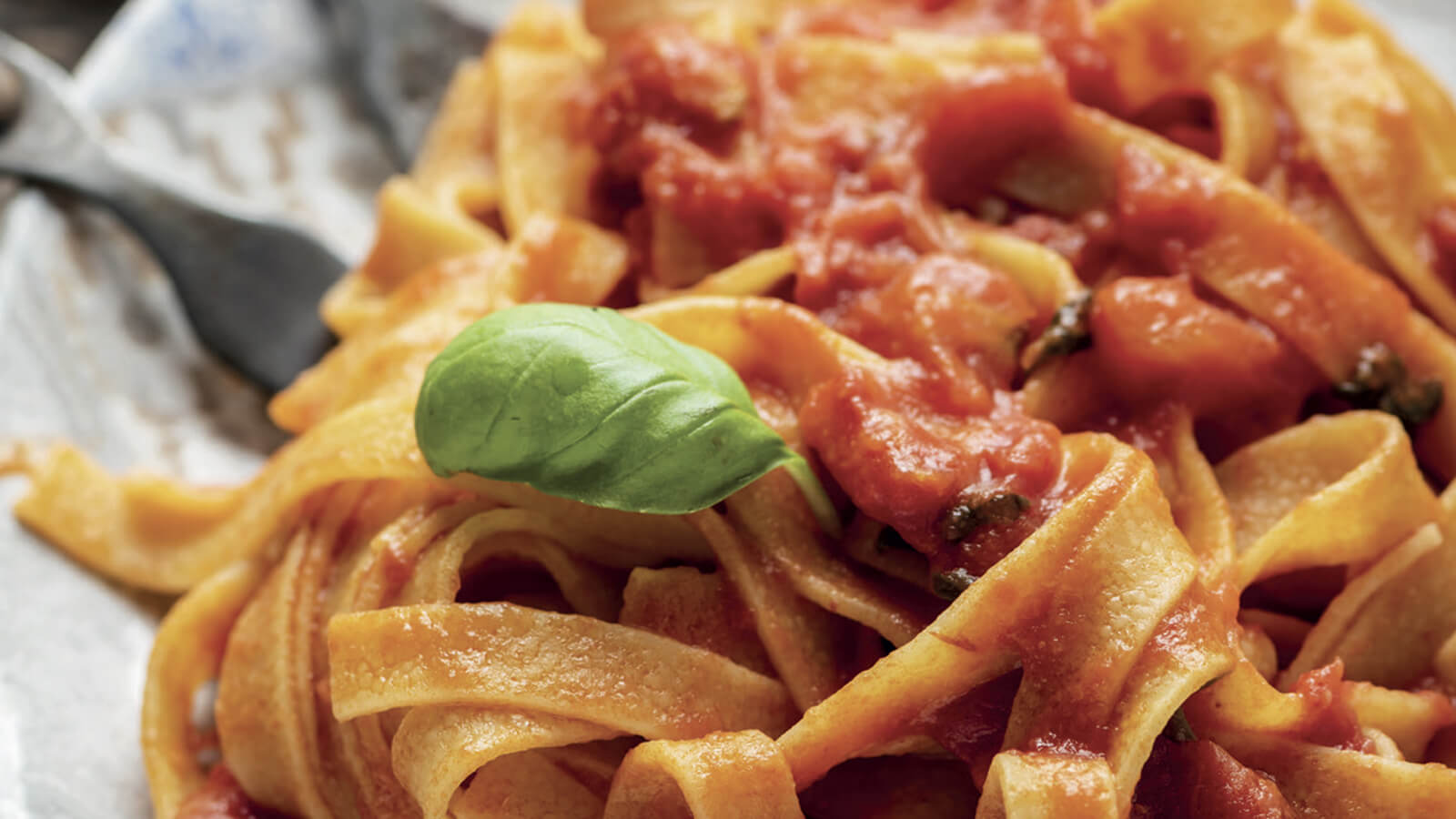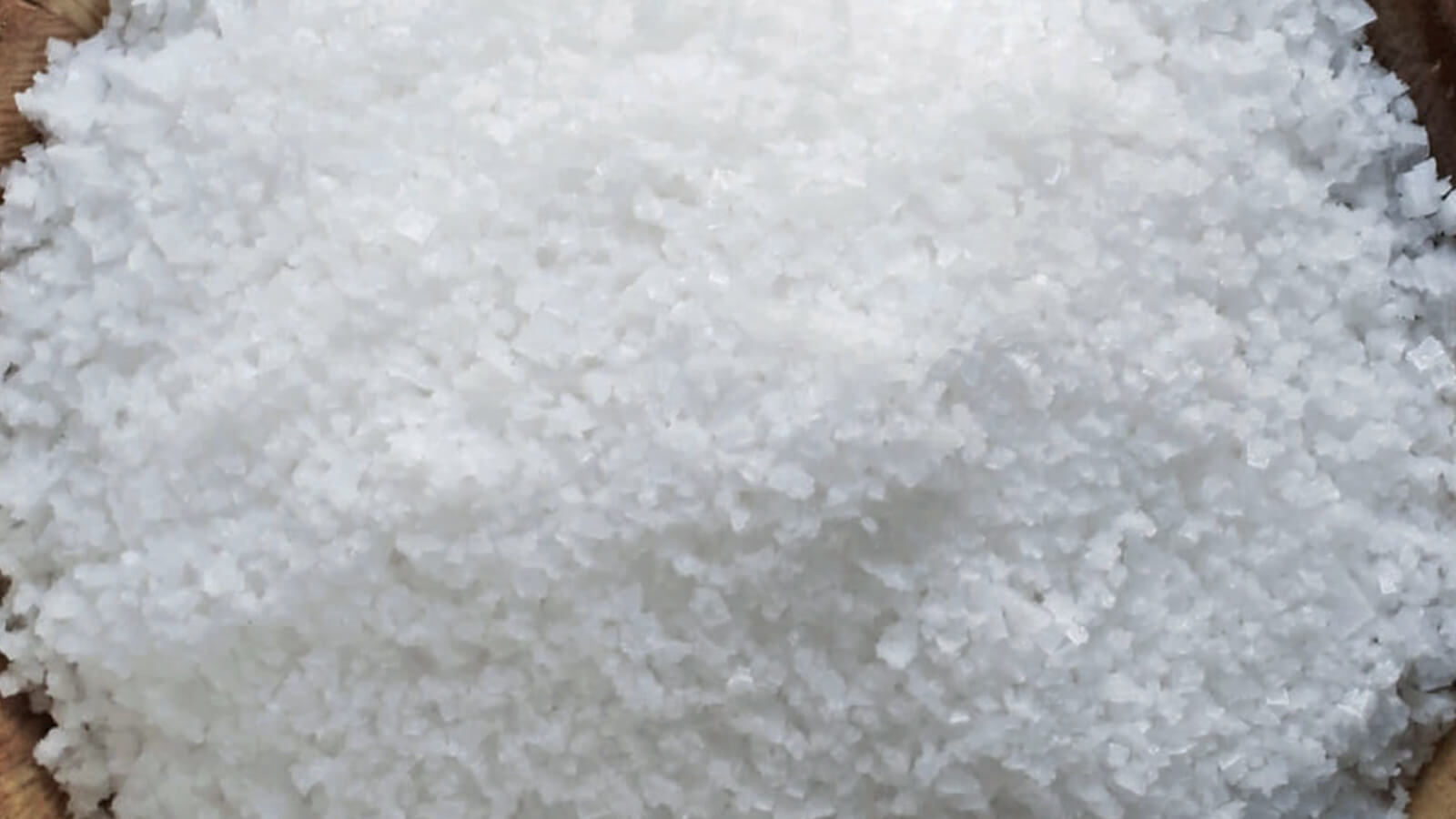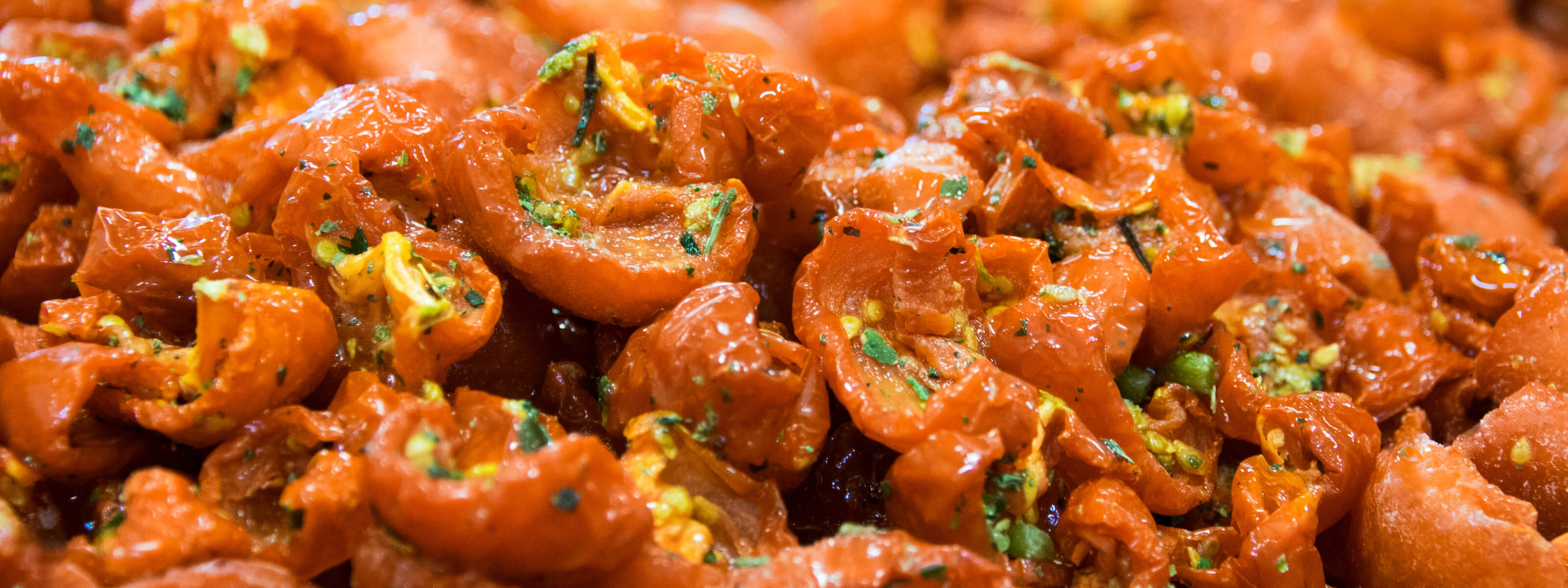Curiosities from the oil mill
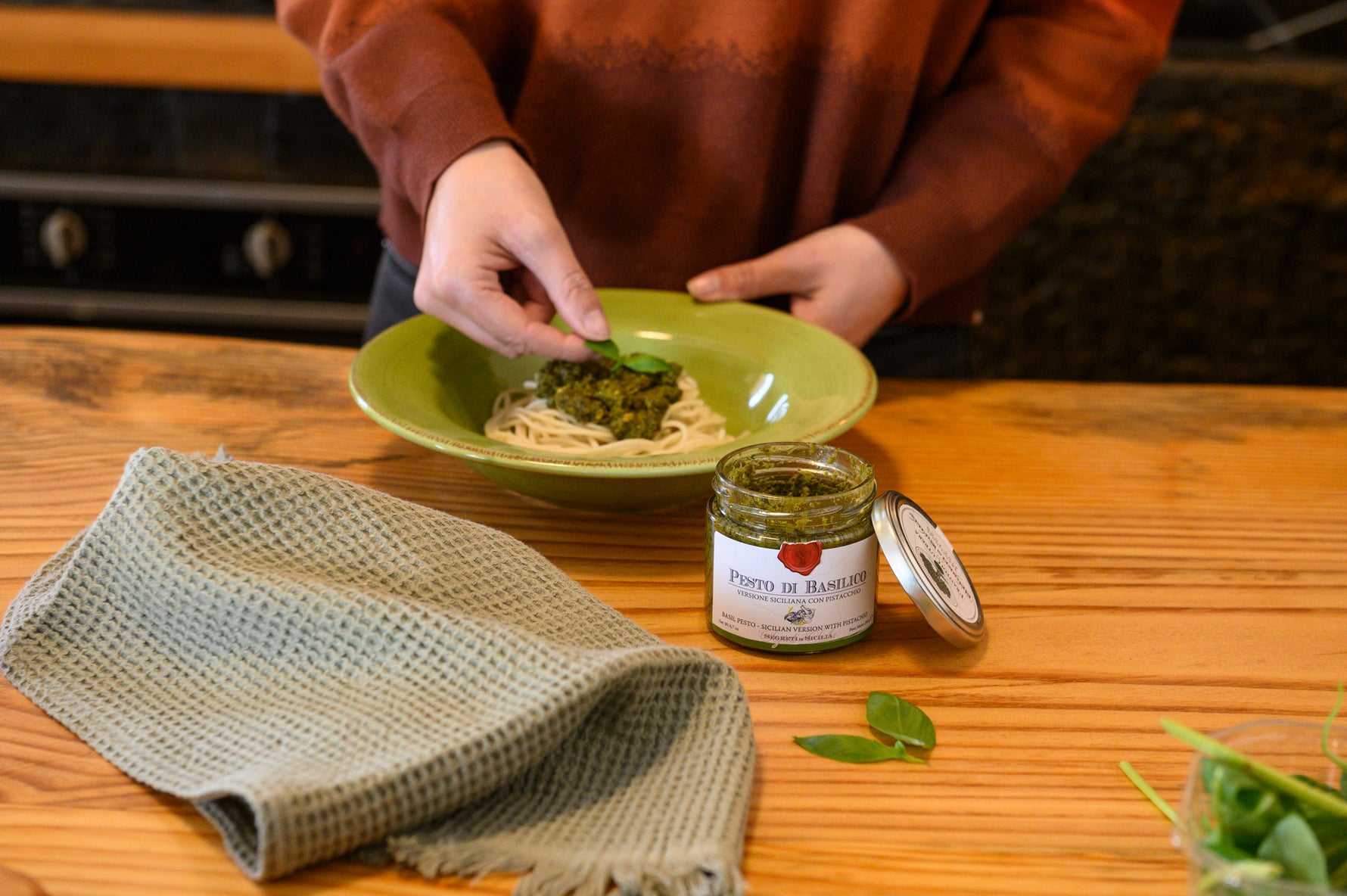
Basil Pesto: Tradition, Variations and Helpful Tips
on Nov 30 2024
Index
Introduction to Basil Pesto
Origins and Tradition of Basil Pesto
Regional Variations of Basil Pesto
Sicilian Basil Pesto with Almonds and Pistachios
How to Make Basil Pesto at Home
How to Store Basil Pesto
Food Pairings with Basil Pesto
Why Basil Pesto Turns Dark or Bitter
Basil Pesto in the Diet
Conclusion
Introduction to Basil Pesto
Basil pesto is a traditional Italian sauce, originating from Liguria, prized for its fresh aroma and intense flavor. Made primarily with fresh basil, pine nuts, garlic, cheese, and extra virgin olive oil, it has become a versatile condiment in numerous cuisines.
Origins and Tradition of Basil Pesto
The word "pesto" comes from the Italian verb "pestare," which means to crush or pound, referring to the traditional method of preparation with a mortar and pestle. Born in Genoa, pesto alla genovese has become a symbol of Ligurian cuisine, with a recipe that includes the use of Genoese basil DOP, pine nuts, garlic, Parmigiano Reggiano, Pecorino and extra virgin olive oil.
Regional Variations of Basil Pesto
In addition to the classic version, there are numerous regional variations of pesto:
Pesto alla Trapanese: Originating from western Sicily, it combines basil, fresh tomatoes, almonds, garlic and olive oil.
Arugula Pesto: Replaces basil with arugula, offering a spicier, bolder flavor.
Pistachio Pesto: Typical of Sicily, it uses pistachios instead of pine nuts, giving it a sweet and unique note.
Sicilian Basil Pesto with Almonds and Pistachios
Frantoi Cutrera, a renowned Sicilian producer, offers a reinterpretation of traditional pesto, using high-quality local ingredients. Their Sicilian Basil Pesto combines:
Sicilian Almonds and Pistachios: Replace pine nuts, offering a crunchy texture and rich flavor.
Cosacavaddu Cheese: Sicilian alternative to Parmesan, adds depth to the flavor.
Frantoi Cutrera Extra Virgin Olive Oil: Enhances and harmonizes all the ingredients.
This version celebrates Sicilian tradition, offering an authentic and distinctive culinary experience.
How to Make Basil Pesto at Home
Making basil pesto at home is simple and requires just a few fresh ingredients:
Ingredients:
50g fresh basil leaves
30g pine nuts
1 clove of garlic
50g grated Parmigiano Reggiano
100ml extra virgin olive oil
Salt to taste
Procedure:
Wash and Dry the Basil: Gently rinse the leaves and dry them carefully to avoid oxidation.
Crush the Ingredients: In a mortar, crush the garlic with a pinch of salt, add the pine nuts and continue to crush until you obtain a smooth paste.
Add the Basil: Combine the basil leaves and crush with circular movements until you obtain a creamy consistency.
Incorporate the Cheese: Add the grated Parmesan and mix well.
Pour the Oil: Add the oil in a drizzle, continuing to mix until you obtain a smooth sauce.
For a Sicilian version, replace the pine nuts with almonds and pistachios and the Parmigiano with a local cheese such as Cosacavaddu or Pecorino Siciliano. Adding a high-quality extra virgin olive oil, such as Frantoi Cutrera , will make your pesto even more aromatic and genuine.
How to Store Basil Pesto
Basil pesto is a delicate sauce that requires some care to best preserve its freshness and color:
Short Term Storage
Store the pesto in the refrigerator in an airtight glass container.
Add a layer of extra virgin olive oil on top of the pesto to protect it from oxidation.
Consume within 3-4 days to maintain maximum flavor.
Long Term Storage
You can freeze pesto in portions, using airtight containers or ice cube trays.
Avoid adding cheese before freezing; add it after thawing for a fresher taste.
Frozen properly, pesto can last up to 6 months.
Food Pairings with Basil Pesto
Basil pesto is incredibly versatile and pairs well with numerous dishes:
First courses
Perfect for seasoning fresh pasta such as trofie, tagliatelle or gnocchi. Also with busiate .
You can dilute it with a spoonful of cooking water to obtain a more fluid sauce.
Second courses and appetizers
Spread pesto on crispy bruschetta or use as a filling for gourmet sandwiches.
Try it as an accompaniment to white meat or grilled fish.
Creative Dishes
Mix it with ricotta to create a filling for ravioli or lasagna.
Add it to grain or vegetable salads for a flavorful touch.
Why Does Basil Pesto Turn Dark or Bitter?
When making or storing pesto, you may notice a change in color or flavor. Here are some explanations and solutions:
Why Does It Get Dark?
Oxidation is the main cause of color change. Contact with air can cause basil to darken.
Use very dry basil and add a generous layer of oil to protect it from the air.
Why Does It Become Bitter?
Overprocessing with metal blades, such as those in a blender, can oxidize basil and make it bitter.
If possible, use a pestle and mortar or a low-speed blender to minimize heat.
Basil Pesto in the Diet
Basil pesto can be part of a balanced diet thanks to its nutritious and natural ingredients:
Health Benefits
Rich in antioxidants thanks to fresh basil and extra virgin olive oil.
Source of healthy monounsaturated fats, which are good for your heart.
Contains vegetable proteins and essential vitamins.
Watch Out for Calories
Despite its benefits, pesto is high in calories due to the presence of oil, cheese and dried fruit. It is perfect in moderate quantities, perhaps combined with vegetables or whole grains.
Conclusion
Basil Pesto , whether in its classic version or reinterpreted in the Sicilian style as proposed by Frantoi Cutrera , is much more than a simple sauce: it is an explosion of taste that encompasses tradition, quality and versatility. With its unmistakable aromatic profile and the possibility of pairing it with numerous dishes, it represents an indispensable condiment in Italian and international cuisine.
If you are looking for a unique and authentic pesto, try the Sicilian Basil Pesto with Almonds and Pistachios by Frantoi Cutrera. Discover Sicilian excellence and bring a touch of originality and tradition to your dishes.
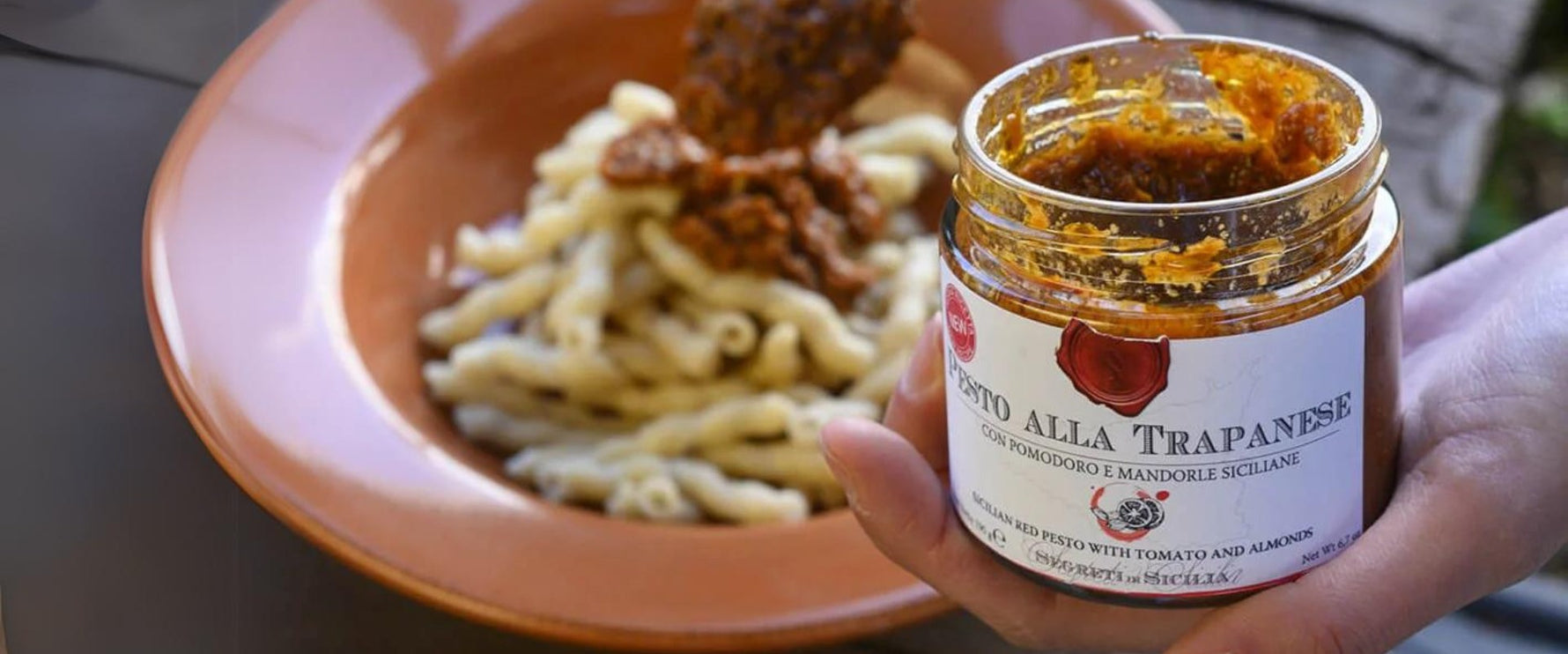
Trapani-style pesto: the authentic recipe
on Apr 30 2024
Pesto alla Trapanese: the Sicilian recipe that conquers everyone
Index
What is Trapani Pesto?
The origins: a story of sea and contaminations
Authentic ingredients and modern variations
How to make pesto alla trapanese step by step
The best combinations in the kitchen
Pesto alla trapanese: benefits and nutritional values
The most searched questions online (and the answers)
Why choose Frantoi Cutrera Trapanese pesto
Where to buy the best pesto alla trapanese online
1. What is Trapani pesto?
Pesto alla trapanese is a traditional Sicilian sauce made with fresh tomatoes, almonds, basil, garlic and extra virgin olive oil . Originating from the port city of Trapani, this pesto has a fresh, rich and enveloping flavor that tells all the generosity of the Sicilian land.
2. The origins: a story of sea and contaminations
Pesto alla trapanese was born from the encounter between Ligurian influences and Sicilian products. Genoese sailors brought Ligurian pesto with them to Trapani, but local housewives replaced the pine nuts with almonds , the Ligurian basil with the native one and added the main ingredient of Sicilian cuisine: the tomato .
A cultural fusion that has given birth to one of the most beloved sauces in the Mediterranean.
3. Authentic ingredients and modern variations
The secret of an excellent pesto alla trapanese? Simple, local and top-quality ingredients. Each component of this recipe tells a part of Sicily, from the sunny fields to the breezy coasts, offering the palate an intense and genuine experience. The traditional version is so loved because it combines freshness, flavor and a creamy and enveloping consistency. But over the years some modern variations have also been created that allow everyone, even those with special dietary needs, to enjoy this gastronomic marvel.
Traditional ingredients:
Fresh tomatoes or ripe cherry tomatoes , for a sweet and decisive taste
Peeled almonds (better if toasted), symbol of Sicilian sweetness
Fresh, fragrant and aromatic basil
Garlic , for a decisive and characterising touch
High quality extra virgin olive oil , such as that of Frantoi Cutrera, which perfectly combines all the flavours
Sicilian Pecorino or Grana Padano , for a savoury and enveloping touch
Salt and pepper, for the final balance
Variants searched online:
Pesto alla trapanese without cheese : designed for those who follow a vegan diet or are lactose intolerant, without losing the typical taste
Pesto alla trapanese with dried tomatoes : offers a more intense and concentrated version, ideal for those who love strong flavours
Pesto alla trapanese with ricotta : adds an extra creaminess, perfect for a more delicate and velvety dish
Without basil : less common but interesting, it lends itself to original reinterpretations with other aromatic herbs
Whether you choose the traditional recipe or a creative variation, pesto alla trapanese remains a dish capable of bringing the sun and authentic flavor of Sicily to the table.
4. How to prepare pesto alla trapanese step by step
Lightly blanch the tomatoes, peel them and remove the seeds.
Toast the almonds for a few minutes in a pan
In a mortar (or blender), crush the garlic and almonds with a pinch of salt.
Add the tomatoes and basil, continuing to crush
Pour in the extra virgin olive oil, until you obtain a thick cream.
Add the grated cheese and mix gently.
The result? A full-bodied sauce, with an intense and balanced flavor.
5. The best combinations in the kitchen
Pasta : busiate trapanesi, spaghetti or linguine
Toasted bread or bruschetta : perfect for a quick appetizer
Grilled fish : tuna, swordfish, cuttlefish
Baked vegetables : aubergines, courgettes, peppers
White pizza : a neutral base that enhances the pesto
6. Pesto alla trapanese: benefits and nutritional values
Pesto alla trapanese is not only a delight for the palate, but also an ally for well-being. Thanks to its natural composition and the typical ingredients of the Mediterranean diet, it provides numerous health benefits.
1. Rich in antioxidants Fresh tomatoes and extra virgin olive oil are precious sources of natural antioxidants, such as lycopene and polyphenols. These substances help fight free radicals, contributing to the prevention of cellular aging and some chronic diseases.
2. Source of "good" fats EVO oil and almonds provide monounsaturated and omega-3 fatty acids, known for their positive effects on the heart and circulation. Consumed regularly, they help maintain balanced cholesterol levels and good cardiovascular health.
3. Energy and essential nutrients Almonds, cheese and extra virgin olive oil provide easily assimilated energy, along with B vitamins, vitamin E, magnesium, calcium and zinc. A spoonful of pesto alla trapanese is a small concentration of nutrients.
4. Suitable for balanced diets Thanks to its balanced composition, pesto alla trapanese is ideal for those who follow a healthy and varied diet. It is easily digestible and can also be adapted to vegetarian or vegan versions, replacing the cheese.
5. Natural satiating effect The healthy fats and proteins in pesto ingredients help regulate appetite and prolong the feeling of satiety, avoiding excesses at the table.
In short, pesto alla trapanese is not only good: it is also nutritious, natural and complete. Perfect for those looking for taste and well-being in the same dish. Thanks to its natural ingredients, pesto alla trapanese is:
Rich in antioxidants (tomatoes and EVO oil)
Source of good fats (extra virgin olive oil and almonds)
Loaded with vitamins and mineral salts
Suitable for balanced Mediterranean diets
A healthy, tasty and complete condiment.
7. The most searched questions online (and the answers)
How do you make Trapani-style pesto? → See paragraph 4
What are the ingredients? → See paragraph 3
Which pasta to use for pesto alla trapanese? → Busiate or spaghetti are perfect
Can it be made without cheese? → Yes, with excellent results
Is it suitable for air fryer? → Yes, used as a post-cooking topping
8. Why choose Frantoi Cutrera Trapanese pesto
Our pesto alla trapanese is part of the Segreti di Sicilia line, made only with 100% local and natural ingredients . Sicilian almonds, Frantoi Cutrera extra virgin olive oil and tomatoes from our land make this pesto unique.
In a jar ready to use, but faithful to tradition: it is the perfect choice for those who love quality and want to bring an authentic piece of Sicily to the table.
9. Where to buy the best pesto alla trapanese online
You can buy our ready-made pesto alla trapanese directly in the official Frantoi Cutrera shop. You will receive at your home a handmade, natural and authentic product, made with love and passion.
Discover our Trapani-style pesto



















